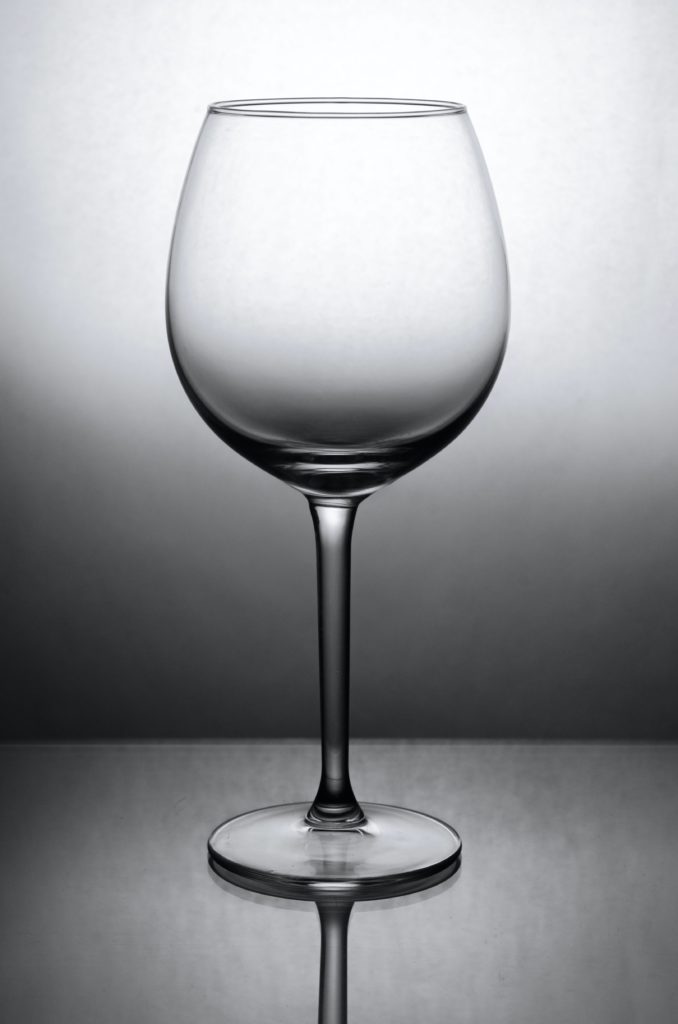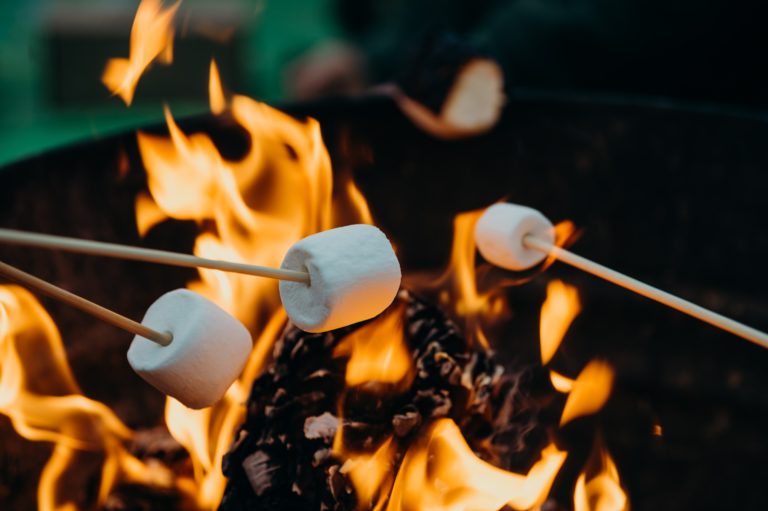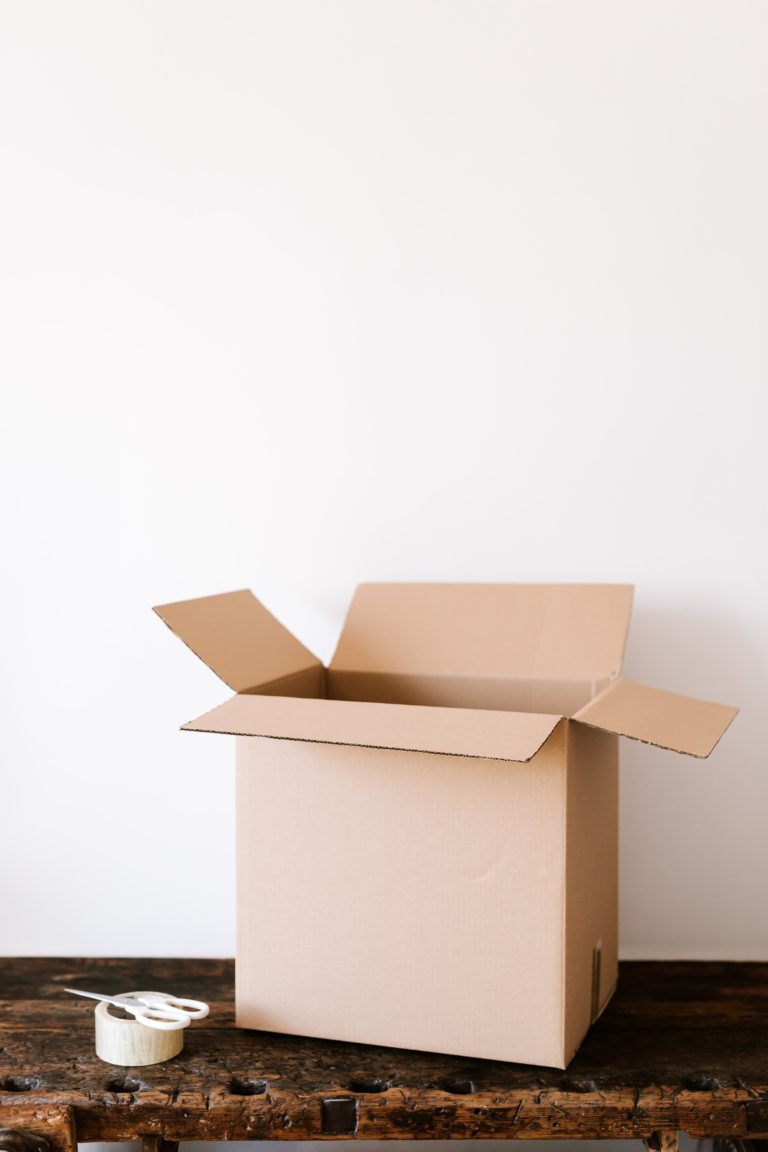Can Microwave Glass? Is it Microwave Safe?
The answer is yes, but only for a short time. You need to read on to make sure you are taking the right precautions.
Microwaves make our lives easier, we can go from a frozen pizza to a freshly cooked dinner in five minutes, and we have the power of cooking from chicken to popcorn at the tip of our fingers, but with great power comes.
A microwave can make or break how much you like your food.

Table of Contents
Tips and Tricks When Microwaving Glass:
Even though glass is usually ideal for the microwave, it is vulnerable to temperature shocks.
If you plan on microwaving a glass container that has been in the freezer, it is best to let it come to room temperature before you put it in the microwave.
The glass can break violently and explode when it passes from freezing to hot. It is possible to put something in the freezer that will heat up.
The best way to thaw food in the microwave is to use little power until everything is free of frost, and then stir the food before cooking it on full power.
The procedure will help leverage the temperature without going into heat shock.
By the rule of thumb, glass and ceramic are healthier than plastic for microwave ovens, and a few plastic containers contain an extremely harmful substance called bisphenol A that releases itself from the plastic and may cause cancer when the plastic is heated.
Even though plastic isn’t used in food storage anymore, it’s still important to mark the box as “BPA Free” before heating.
Which Items Can Be Microwaved?
It is safe to microwave porcelain and Stoneware, they won’t release harmful contaminants into your body.
It is a good idea to check with the manufacturer to see if the ceramic is safe for microwave use.
It is safe to microwave paper towels, napkins, and plates.
Microwave plastic wraps, wax paper, cooking bags, parchment paper, and white microwave-safe paper are not harmful to microwaves.
Parchment paper is grease and moisture-resistant, so it is also a no-mess, no-stress solution, which is why it is an ideal choice.
Questionable Items to Microwave:
Even though the FDA states that plastic and Styrofoam are safe to microwave, there is still debate as to the other chemicals in these materials that could be linked to a decline in male fertility.
Items That Can’t Be Microwaved?
Since aluminum foil and metal containers can catch fire in the microwave and even explode when exposed to very low heating temperatures, they are not a good idea.
Brown paper bags, plastic grocery bags, and newspapers should be kept out of the microwave.
All of these items are not sanitary and can release harmful particles, as well as catch fire, so be sure to remove them from your food.
How to Identify If Glass Is Microwave Safe?
There are several signs to look out for when evaluating your glassware to see if it is microwaveable.
I don’t know if there are any signs. No problem, that’s right! We will show you how to conduct a simple test to find out if your glassware can be microwaved safely.
Microwave Safe Labeling
The easy stuff is what we want to start with. Look at the bottom of your glassware and turn it over.
If you see something that reads “microwave safe” or something to that effect, your work is done. Go forth and back again.
Microwave Safe Symbol
Do you not find any writing on the bottom of the dish? You need to keep an eye on any symbols.
A rough depiction of a microwave with some wavy lines inside or above it will be the symbol of microwave safety.
Another possible symbol is the outline of a plate or bowl with wavy lines above, while another version is a series of wavy lines without a plate icon.
What do these things have in common? Those were wavy lines. You are in the clear if you look for them.
Food Safe Labeling
It’s possible to find a label such as “not for food use” when you turn over glassware.
For glassware to be considered suitable for use with food it must meet certain FDA regulations.
The types of glassware that don’t meet these specifications are often considered purely decorative (such as pots for plants or candle holders) and may contain additives that could potentially ruin the food they come into contact with.
If you have a glass bowl, plate, or container of any type that indicates it should not be used with food, you should not use it to cook food in the microwave oven.
Dishwasher Safe Labeling
If you’re on the hunt for indicative labeling, you might notice some indications about the safety of that item in the dishwasher.
Items that are safe for the dishwasher may be also safe for the microwave. The rule is more of an association than a steadfast one.
If an item indicates it is dishwasher safe but there are still questions about microwave safety, you should still proceed with further evaluation before assuming that the item can be used in the microwave as well.
What If There Is No Indication?
Now the fun part begins! To determine the viability of your glass in the microwave, let’s do a small science experiment.
No Bunsen burner or safety goggles are required and it will take just a minute. First, fill a glass container that is microwave safe, such as a mug or drinking glass.
It’s a good idea to put this in the microwave along with the empty container you’re trying to test. Next, turn the dial up to the highest power level and cook for a minute.
Carefully feel each of the containers after you open the door.
The glassware can be considered safe to use in your microwave if the water inside the safe cup is hot and the glassware under scrutiny is slightly warm.
The time in the microwave has come to an end if the glassware you are testing is hot or quite warm to the touch.

Conclusion
Before pressing that ON button, you have to determine the specific characteristics of your glassware.
In the form of a label or symbol, most new glassware will give you a clue as to its safety when heating in microwaves.
Even with a clear label such as this, you should never microwave glass jars or any glass container straight from cold temperatures as this can put stress on the structure of the glass.
Unless the container explicitly indicates that it is safe to be microwaved, don’t microwave dyed or painted glass.
Despite the dangers associated with heating glass in microwaves, it is still a wonderful material and a superior alternative to heating food in toxic plastic!
It’s a good idea to determine the microwave-safe containers in your kitchen so that your meal prep can be as convenient as the microwave itself!

Foodie and a passionate cook, I am here to share all of what I know about cooking, kitchen, and food prepping.
Follow me for delicious and healthy recipes.







